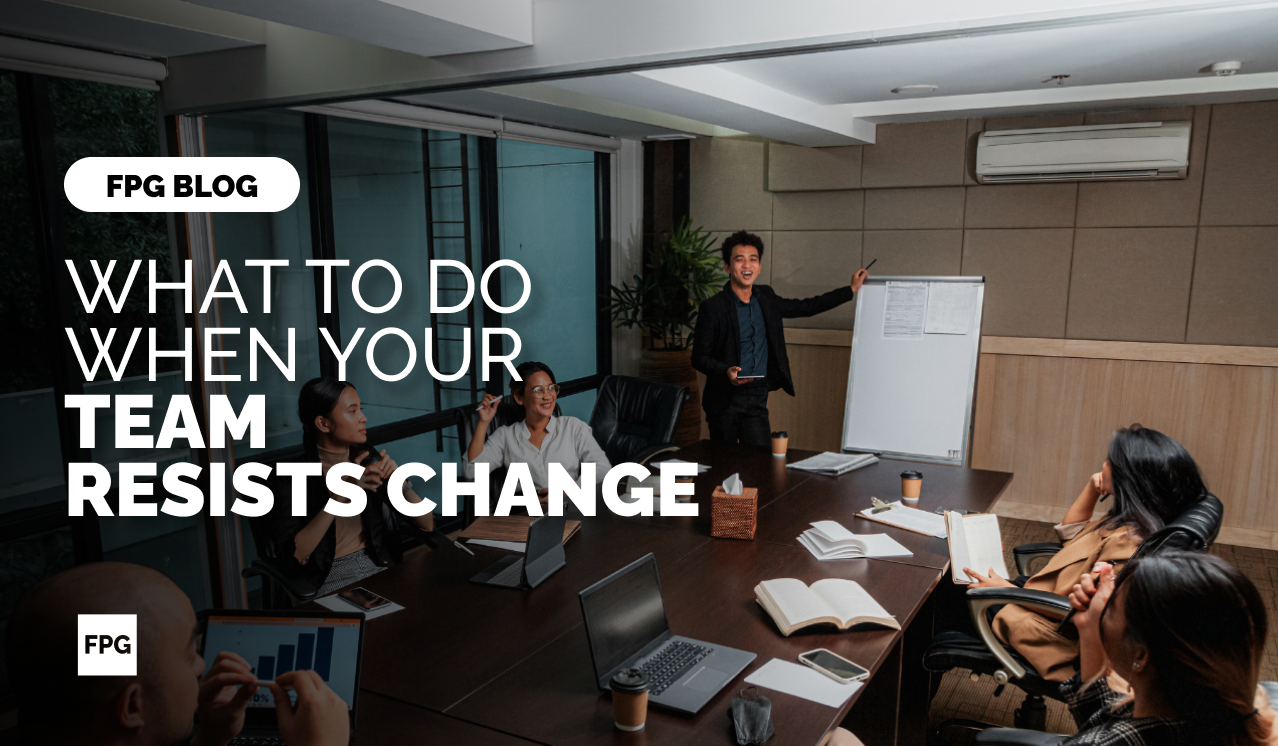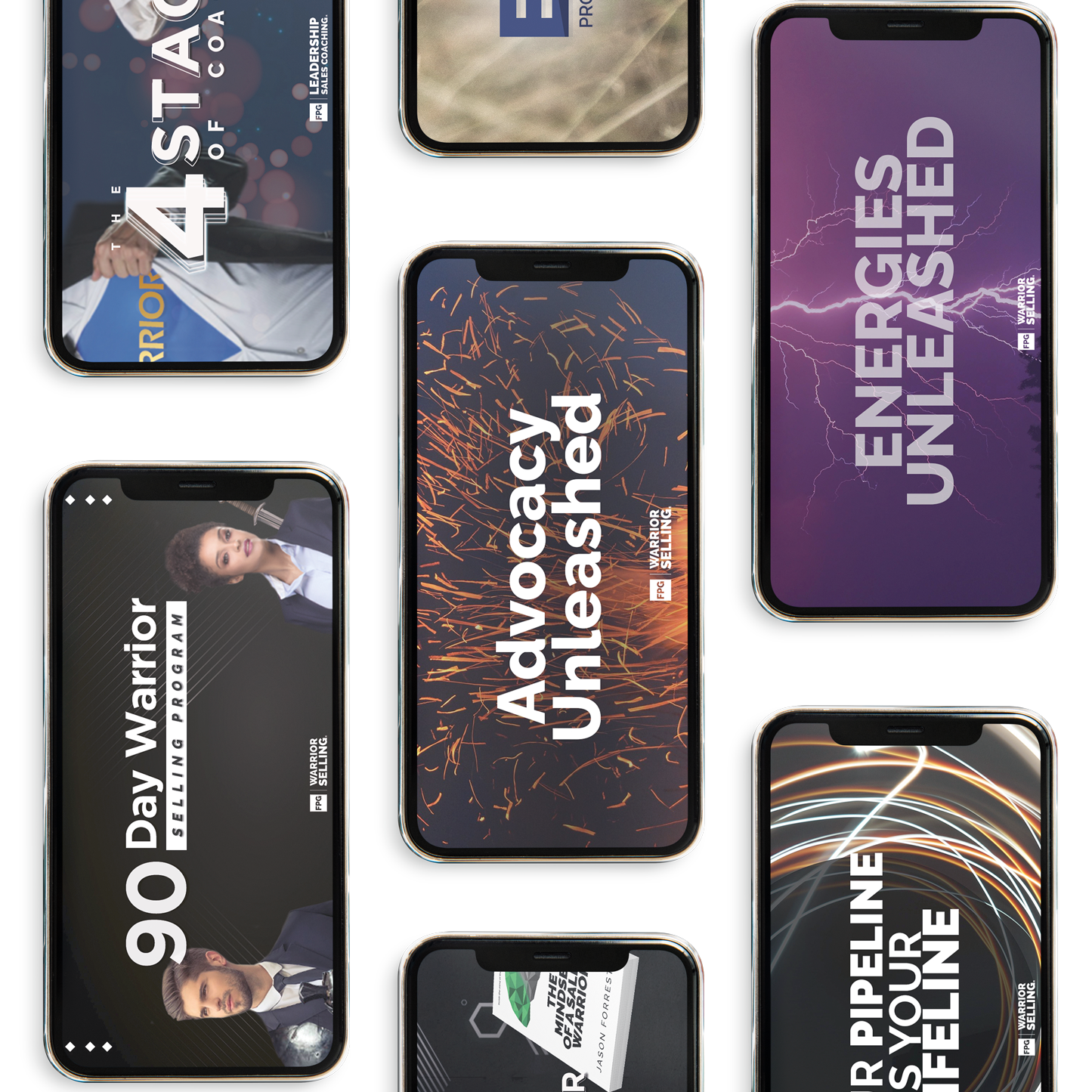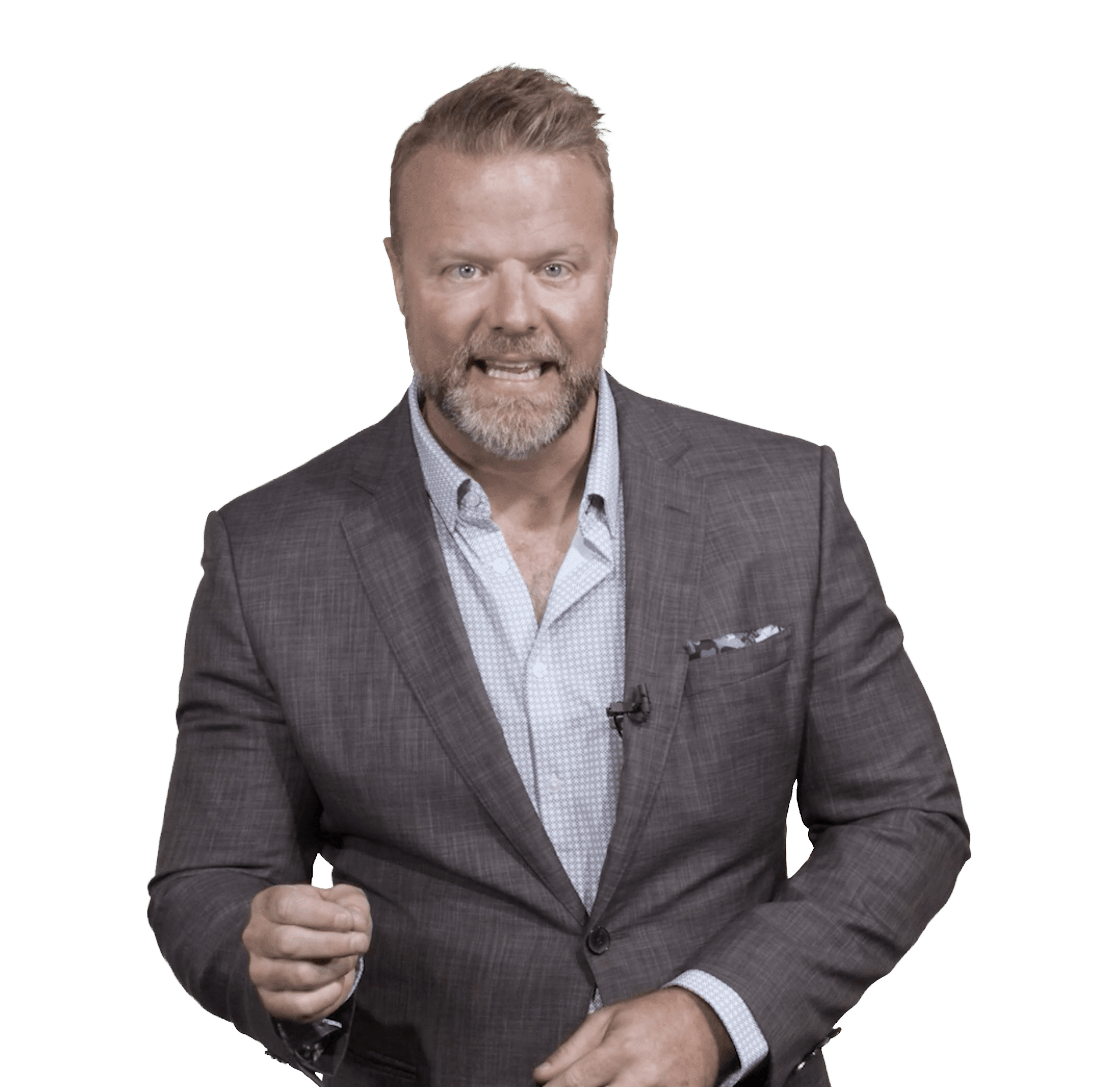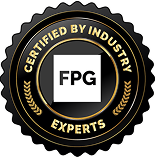Sales is a game of psychology. It’s not just about the features of your product or service; it’s about understanding how your prospects think, what drives their decisions, and how they weigh risks versus rewards. This is where mastering the use of “move toward” and “move away” language becomes a game-changer.
“Move toward” language motivates buyers by focusing on what they stand to gain—their aspirations, goals, and positive outcomes. On the flip side, “move away” language taps into their desire to avoid pain, risk, or undesirable consequences. Together, these patterns create a powerful tool for building customer trust, guiding decision-making, and crafting messages that connect on a deeper level.
As a sales professional, you know that no two prospects are the same. Some are motivated by the idea of achieving something new—more freedom, financial stability, or a dream home. Others are driven by the fear of losing what they have or the desire to avoid making a mistake. Your ability to spot which pattern resonates with each client is the hallmark of true sales language mastery.
Table of Contentsu003cbru003e
- The Psychology of Decision-Making: Why Language Matters
- The Impact of “Move Toward” Language in Sales Communication
- The Role of “Move Away” Language in Persuasive Techniques
- How to Identify Your Prospect’s Motivational Style
- Balancing the Two for Maximum Effect
- Building Rapport Through Tailored Messaging
- At FPG We’ll Recruit, Coach, And Train Your Sales Team Like They’re Our Own
The Psychology of Decision-Making: Why Language Matters
At the core of decision-making lies a simple truth: people either move toward pleasure or move away from pain. This concept isn’t new—it’s been studied in psychology and behavioral economics for decades. But in sales, it’s not enough to know this principle. You must weave it into your conversations with intention and precision to make an impact.
Let’s look at how this works in action. Say you’re selling new homes. A “move toward” buyer might respond to statements like, “Imagine hosting your family for the holidays in this spacious living room.” They’re focused on the joy, pride, and fulfillment of the purchase. In contrast, a “move away” buyer will connect with phrases like, “No more worrying about rising rent prices; you’ll finally have stability.” Their decision is rooted in the need to avoid financial uncertainty or discomfort.
Both patterns are equally valid and equally powerful, but here’s the kicker: if you use the wrong one, you risk breaking rapport. It’s like speaking a different language. They’ll tune out, disengage, or worse, start questioning whether you understand their needs at all.
Watch our FREE Webinar | The Secret to Closing Your Prospects When They Don’t Know What They’re Missing
The Impact of “Move Toward” Language in Sales Communication
“Move toward” language is all about painting a picture of the ideal future. It inspires optimism and appeals to a prospect’s desire for achievement, growth, and possibility. This is where big sales energy comes into play—your enthusiasm and confidence act as fuel for their vision.
When using this pattern, your goal is to help prospects clearly see what’s possible. For example:
- “This home offers the perfect space for your growing family to create lifelong memories.”
- “Owning this property means you’re investing in your future, building equity, and gaining financial freedom.”
- “This new software will streamline your process, freeing up hours each week so you can focus on scaling your business.”
Notice the emphasis on what they’ll gain: security, freedom, time, and meaningful experiences. The language is forward-focused, and it’s rooted in possibility.
In practice, this approach works wonders for aspirational buyers who are naturally drawn to opportunities and outcomes. They tend to be visionaries, early adopters, and optimists who thrive on momentum. For them, your job is to amplify their excitement and keep their focus on what’s ahead.
The Role of “Move Away” Language in Persuasive Techniques
Now, let’s shift gears. “Move away” language focuses on eliminating pain points, reducing risk, and avoiding loss. For prospects who are risk-averse or hyper-focused on avoiding failure, this messaging is essential for earning their trust.
These are the buyers who ask, “What’s the catch?” or, “What happens if it doesn’t work out?” They aren’t dreaming of the perfect future—they’re trying to avoid the wrong decision. With these clients, you build rapport through tailored messaging that addresses their fears head-on and positions your solution as the safe, reliable choice.
Examples of “move away” language include:
- “This option protects you from unexpected rate hikes so you can keep your budget in check.”
- “With this warranty, you’re covered if anything goes wrong, giving you total peace of mind.”
- “By upgrading now, you won’t have to worry about being stuck with outdated features down the road.”
The messaging highlights what they’ll avoid—financial risk, regret, uncertainty, or other consequences. For this group, trust is everything. Your ability to demonstrate that you’ve anticipated their concerns and mitigated their risks will solidify your credibility.
This approach isn’t about amplifying fear—it’s about showing empathy. Sales intelligence isn’t just about knowing your product inside out; it’s about knowing your prospect’s internal dialogue and addressing it before they even voice their concerns.
How to Identify Your Prospect’s Motivational Style
To master this strategy, you must first learn how to spot whether a prospect is motivated by “move toward” or “move away” thinking. Some key cues to look for include:
- Their Language Patterns: Are they asking questions like, “What’s included?” or “What will this help me achieve?” That’s a “move toward” buyer. If they’re asking, “What happens if something goes wrong?” or “How do I avoid X?” you’re speaking to a “move away” buyer.
- Their Personality: Optimists, dreamers, and goal-setters often lean toward “move toward” thinking, while cautious, analytical, or skeptical personalities tend to resonate with “move away” messaging.
- Their Concerns: If they’re focused on obstacles, risks, or downsides, they’re operating from a “move away” mindset. If they’re focused on possibilities and excitement, they’re in “move toward” mode.
Once you’ve identified their motivational style, adapt your language to match. This is where sales language mastery truly shines—by meeting your prospect where they are, you create instant rapport and set the stage for a smoother decision-making process.
Balancing the Two for Maximum Effect
While every prospect will naturally lean toward one style, most people have elements of both. A skilled salesperson weaves “move toward” and “move away” language together to create a full picture that speaks to both motivation and risk aversion.
For example, if you’re selling a high-ticket product, you might say:
- “With this solution, you’ll finally have the time and freedom to focus on what matters most to you.” (Move toward)
- “Plus, you’ll avoid the stress and wasted resources that come with trying to piece together less reliable options.” (Move away)
This balanced approach ensures you’re covering all bases, allowing you to build trust while maintaining momentum.
Building Rapport Through Tailored Messaging
Rapport is the secret ingredient in every sale. It’s the connection that turns a prospect into a client and a client into a loyal advocate. When you adapt your language to fit their motivational style, you demonstrate empathy, understanding, and respect for their decision-making process.
This approach is the opposite of a one-size-fits-all sales pitch. It’s personalized. It’s intentional. It’s built on a foundation of sales intelligence that positions you as a trusted advisor rather than a pushy salesperson.

Mastering “move toward” and “move away” language patterns isn’t just a technique—it’s a mindset. It requires active listening, emotional intelligence, and the willingness to adapt your communication style on the fly. But the payoff is immense.
When you align your messaging with your prospect’s core motivations, you not only guide them toward a confident decision—you set the stage for a long-term relationship built on trust and understanding.
At FPG, we believe sales excellence begins with the ability to truly connect. By blending persuasive techniques with tailored communication, you’ll create conversations that resonate, inspire, and lead to results. That’s the essence of big sales energy—and it’s how you become a sales professional who stands out in any market.
At FPG We’ll Recruit, Coach, And Train Your Sales Team Like They’re Our Own
Gain a competitive edge with FPG’s expert solutions in Sales Recruiting, Sales Training, and Sales Management Training. Experience rigorous candidate screening, process-driven training that resonates, and transformative leadership that drives significant revenue increases. Give yourself an advantage and start your journey to higher sales and unparalleled success with FPG. Reach out to us today!
Ready to revolutionize your sales team?
Elevate your recruitment, training, and leadership with our expert guidance. Say goodbye to stagnant sales and hello to unprecedented success! Book a Meeting today and take the first step towards dominating your market!










